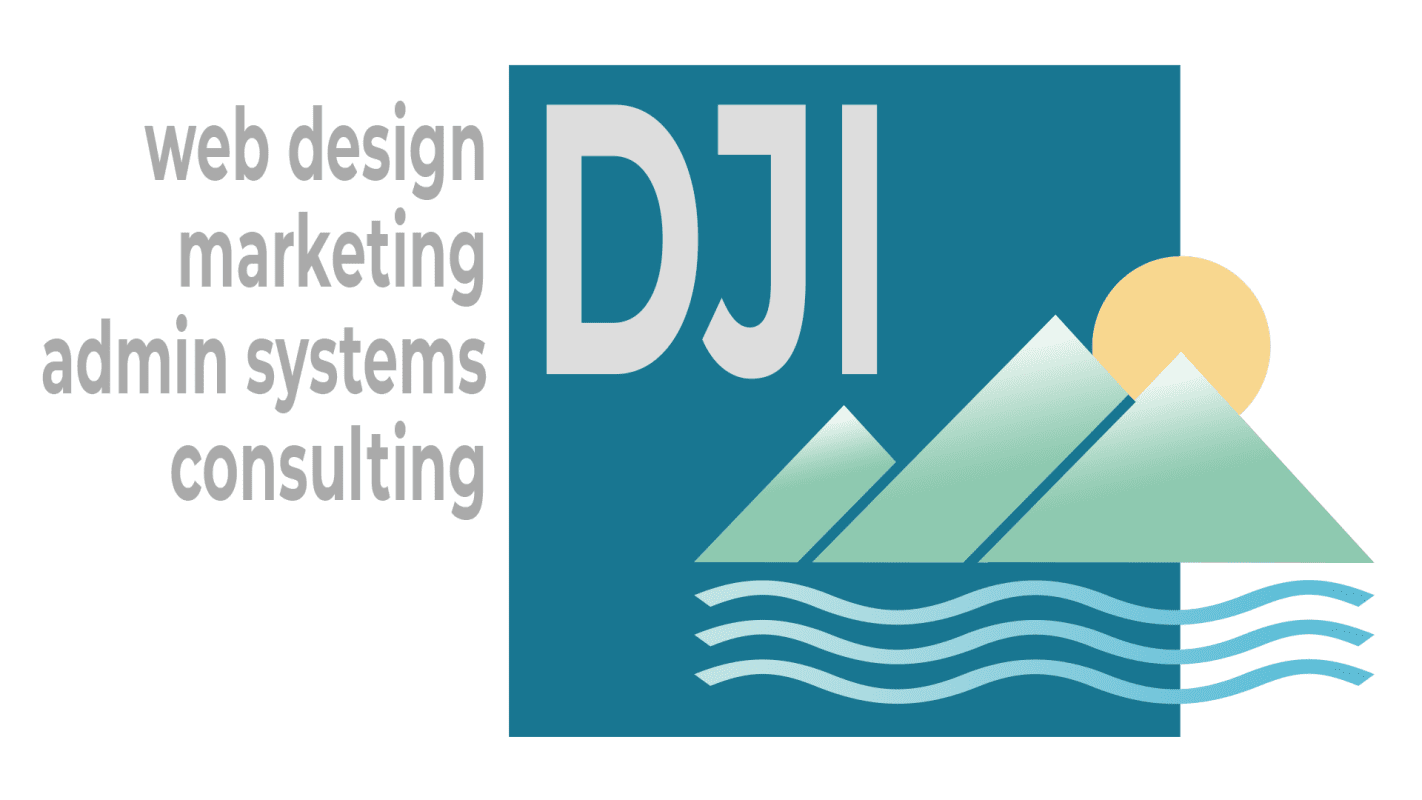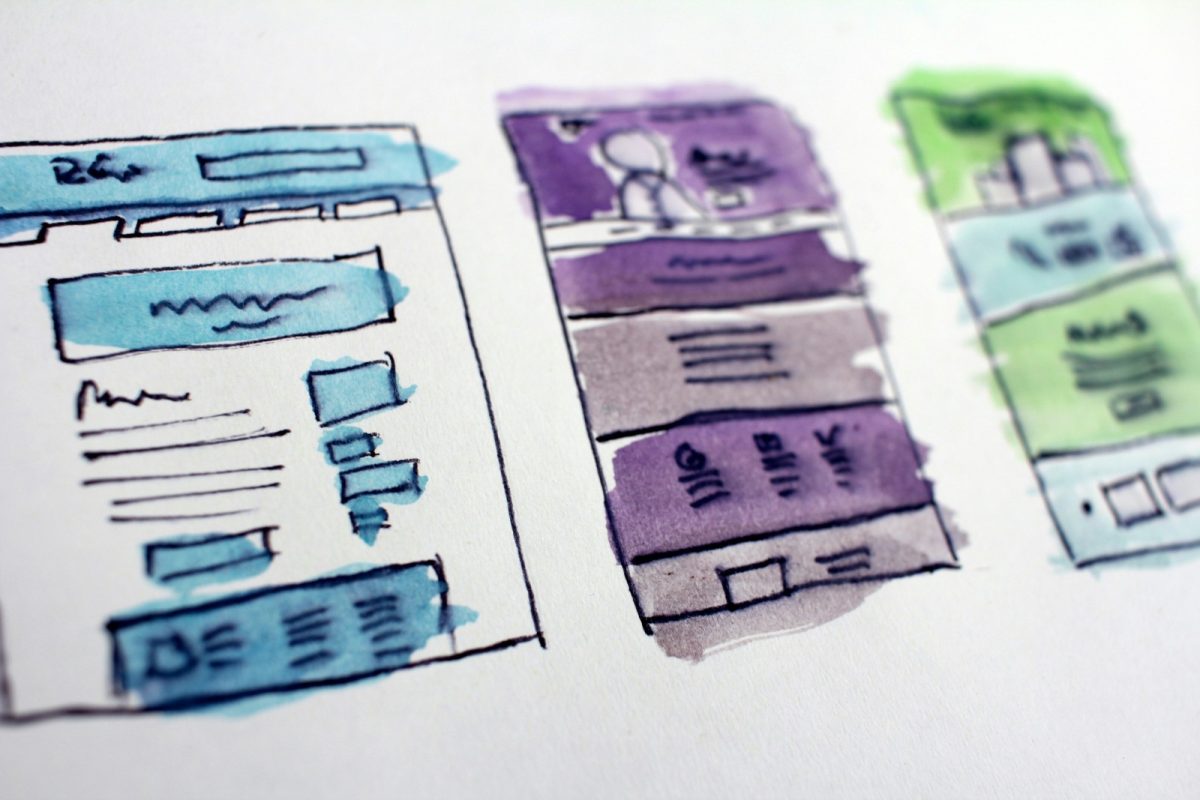These notes may well be significantly revised on a regular basis. If this sort of thing is of any interest I'd urge you to invest in yourself: bookmark and check back for regular updates, or perhaps even sign-up below for update notifications.
Click here to learn more about 'Pragmatics' and browse all my Notes ...
A general introduction to the importance of web design for business growth, covering key elements and trends.
Boosting Your Small Business Growth in the Digital Age
You’ve likely accepted the importance of having a website. But why can good design be crucial for your business growth? Let’s break it down in simple terms and explore how a well-designed website can help your local business thrive.
The process of creating and arranging the visual elements and content of a website is like designing a shop window for your business, but instead of physical products, you’re showcasing your services or products online. A good web design makes your whole business look attractive, easy to use, and helps visitors find what they’re looking for quickly.
Why is Web Design Important for Your Business?
- First Impressions Matter
Your website is often the first point of contact between your business and potential customers. A professional, well-designed site builds trust and credibility. - Increased Visibility
A properly designed website helps your business appear in search engine results, making it easier for local customers to find you. - 24/7 Availability
Unlike a physical shop, your website is always open, providing information and potentially generating leads or sales around the clock. - Cost-Effective Marketing
Compared to traditional advertising, a website offers a more affordable way to reach a wider audience and showcase your products or services. - Competitive Edge
In today’s digital world, having a website sets you apart from competitors who may not have an online presence.
Key Elements of Web Design
- Layout
The arrangement of content on your web pages. A good layout guides visitors’ eyes to important information and calls-to-action. - Colour Scheme
Colours that reflect your brand and create the right mood for your business. For example, blue often conveys trust and professionalism, while green might suit eco-friendly businesses. - Typography
The fonts used on your website. Clear, readable text is crucial for conveying your message effectively. - Images and Graphics
High-quality visuals that represent your business and products. These could include photos of your shop, team, or products. - Navigation
The menu and links that help visitors move around your site. Simple, intuitive navigation is key to a good user experience. - Responsive Design
Ensuring your website looks good and functions well on all devices, including smartphones and tablets. - Loading Speed
A fast-loading website keeps visitors engaged and improves your search engine rankings. - Call-to-Action (CTA)
Clear buttons or links that encourage visitors to take desired actions, such as “Book Now” or “Contact Us”.
Current Web Design Trends
- Minimalism
Clean, uncluttered designs that focus on essential content. - Dark Mode
Offering a dark colour scheme option for reduced eye strain and a modern look. - Micro-Animations
Small, subtle animations that guide users and add visual interest. - Voice User Interface (VUI)
Integrating voice search capabilities for easier navigation. - Accessibility
Ensuring websites are usable by people with disabilities, improving user experience for all.
Example: Local Bakery Website Design
Let’s look at how these elements might come together for a local bakery’s website:
- Layout: Simple, clean design with a prominent image of freshly baked goods at the top.
- Colour Scheme: Warm, appetising colours like soft browns and creamy whites.
- Typography: A mix of a decorative font for headings and a clear, readable font for body text.
- Images: High-quality photos of baked goods, the bakery interior, and smiling staff.
- Navigation: Simple menu with Home, About Us, Products, Order Online, and Contact Us pages.
- Responsive Design: Website adjusts seamlessly from desktop to mobile devices.
- Loading Speed: Optimised images and streamlined code for quick loading.
- Call-to-Action: “Order Now” button prominently displayed on each page.
How Web Design Contributes to Business Growth
A well-designed website can directly impact your business growth in several ways:
- Increased Traffic
Search engines favour well-designed, user-friendly websites, potentially increasing your visibility in search results. - Better User Experience
A site that’s easy to navigate and visually appealing keeps visitors engaged longer, increasing the chances of conversion. - Higher Conversion Rates
Clear calls-to-action and intuitive design guide visitors towards making purchases or enquiries. - Brand Building
Consistent design elements across your website help reinforce your brand identity and values. - Customer Trust
A professional-looking website builds credibility and trust with potential customers. - Local SEO Benefits
Proper web design includes local SEO elements, helping your business appear in local search results. - Mobile Accessibility
With more people using smartphones to browse, a mobile-friendly design ensures you don’t miss out on potential customers.
Getting Started with Web Design
While professional web design can seem daunting, there are several approaches you can take:
- DIY Website Builders
Platforms like Wix or Squarespace offer user-friendly tools to create simple websites.
Pros:
- Low cost
- No coding knowledge required
- Quick to set up
Cons:
- Limited customisation options
- May lack advanced features
- Can look generic
- WordPress with Pre-made Themes
WordPress is a popular content management system that offers many pre-designed themes.
Pros:
- More customisable than website builders
- Wide range of plugins for added functionality
- SEO-friendly
Cons:
- Steeper learning curve
- Requires more time to set up and maintain
- May need some technical knowledge
- Professional Web Design Services
Hiring a web design agency for a custom-built website.
Pros:
- Tailored to your specific needs
- Professional, unique design
- Optimised for your business goals
Cons:
- Higher initial cost
- Longer development time
- Ongoing maintenance may be required
Conclusion
Web design is more than just making a website look pretty. It’s about creating an effective online presence that supports your business goals and helps you connect with customers. Whether you choose to DIY or hire professionals, investing in good web design is a crucial step in growing your small business in today’s digital world.
Remember, your website is often the first impression potential customers have of your business. Make it count with thoughtful, effective web design that showcases the best of what your local business has to offer.






